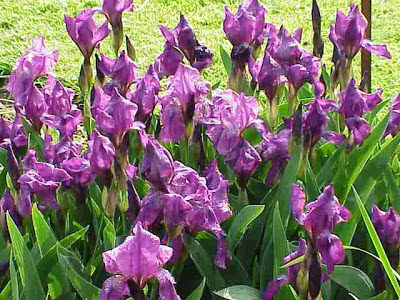 |
| Cornus sanguinea – Dogwood |
Cornus sanguinea commonly known as Dogwood or European Dogwood is native to most of Europe and western Asia. It is usually no more than a bush, but it can form a small shrubs tree. It is at home on the very dry chalk escarpment, but likely to be found infrequently on most lime-rich soils, either in isolation or as part of a hedgerow, thicket or game covert. It is widely grown as an ornamental plant.
Its slender blood-red twigs carry the even more slender winter buds. The lower bark is greenish-grey. The opposite leaves are oval, 1-2 in long, with prominent curved veins. They are among the first trees to show leaf – pale green in early March. In autumn they assume the same deep red shade as the twigs.
The small bi-sexual white flowers, which open in June, are in cluster (a corymbs), and have an unpleasant odor. The fleshy parts of the berries are exceedingly bitter and each holds a hard seed.
Dogwood suckers freely and can build up dense thickets. Its white wood, though rarely large, is tough and smooth, and was traditionally used as skewers; the odd name arises from ‘dog’ – a sharp spike.



















































